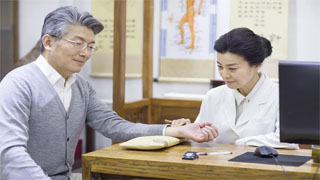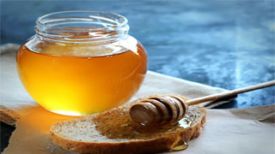
01
Hand qi refers to tinea pedis. Tinea manus is a fungal infectious skin problem, in which patients first have athlete's foot or onychomycosis, and then gradually spread to their hands. It can spread between people or between people and animals. For example, if a family member has athlete's foot or tinea pedis, fungi can spread among family members. There are pets at home, and pets with skin eczema can also be transmitted to their owners.
02
Easy to reach people
1. People with athlete's foot, onychomycosis, tinea pedis, or tinea corporis;
2. Housewives or individuals who frequently come into contact with water, soap, laundry detergent, or other washing products;
3. People with excessive sweating on their hands and feet;
4. Patients with diabetes.
03
classification
Hand ringworm is divided into four types. Papular scaly type, vesicular type, impregnated type, and thickened type.
1. Papule scaly type
Mostly characterized by desquamation, with a few cases of sailor's tinea pedis. The blister is dry and desquamation, with clear boundaries and unclear inflammation. Hyperkeratosis type is more common in thickening of the skin on the palms and soles, with blisters shedding in summer and skin cracking in winter. This disease is more common in adults and often occurs or worsens in summer.
2. Vesicular type
At first, it is locally itchy, and after scratching, it turns red, showing needle sized blisters with thick and shiny walls, often clustered and clustered, resembling corn under the skin; Self aware itching; Unless scratched or eroded, the blisters will soon dry up, crack, and peel.
3. Immersion type
It is common to see the skin between the toes (fingers) turning white, ulcerated, and soaked, with clear edges. Removing the soaked epidermis leaves behind moist, fresh red skin.
4. Thickened type
Thickening and roughness of the skin on the palms and soles, as well as deepening of skin lines, are commonly observed; In summer, blisters will peel off, and in winter, the skin will become dry and thick, even with cracks, bleeding, and pain.
04
harm
1. Tinea manus can affect appearance, and patients may feel embarrassed and hesitant to shake hands with others, let alone engage in intimate and close gestures.
2. Tinea manus can affect our work, especially for jobs that require hygiene, such as doctors, nurses, food service workers, silk textile workers, public relations, etc.
3. Hand ringworm is a source of infection that spreads fungi to the outside world. The area scratched by hand ringworm may develop ringworm disease, and it is also easy to transmit to one's own family members.
4. Tinea manus may cause complications, with severe cases leading to pain and discomfort. Once injured, fungi can invade, causing complications such as paronychia, nail bed inflammation, and finger pyoderma.
05
prevention
Avoid direct contact with infectious sources (such as frequent scratching of athlete's foot), reduce the damage of acidic and alkaline substances to the skin in daily life and work, and pay attention to personal, family, and collective hygiene.
1. Pay attention to personal hygiene in daily life, do not use public slippers, foot basins, wiping cloths, etc. Shoes, socks, and foot cloths should be regularly kept clean, dry, and sterilized.
2. Excessive sweating and damage to the hands and feet are often one of the most common causes of athlete's foot or tinea pedis. It is important to reduce the adverse effects of chemical, physical, and biological substances on the skin of the hands and feet. If the patient drinks less irritating beverages such as strong tea, coffee, alcohol, etc., as these beverages stimulate the secretion and excretion of sweat glands, providing a favorable environment for the susceptibility of epidermal fungi.
3. After washing feet or taking a shower at night, it is necessary to wipe off the water between the toes to keep them as dry as possible, in order to prevent reinfection of epidermal fungi.
4. Shoes, socks, and foot cloths should be regularly sterilized to keep the feet clean and dry. Public places such as bathrooms and swimming pools are the main places where athlete's foot can be transmitted, and strict disinfection management systems should be implemented.
5. Do not use other people's underwear, panties, or toiletries.
6. Regularly change underwear, keep the external genitalia clean, and wash clothes and bedding frequently.
7. Reduce sweating and promote evaporation at the root of the thigh. Try to keep the perineum dry and wear loose and suitable underwear, not too tight.


